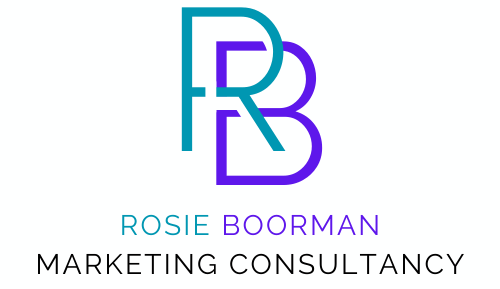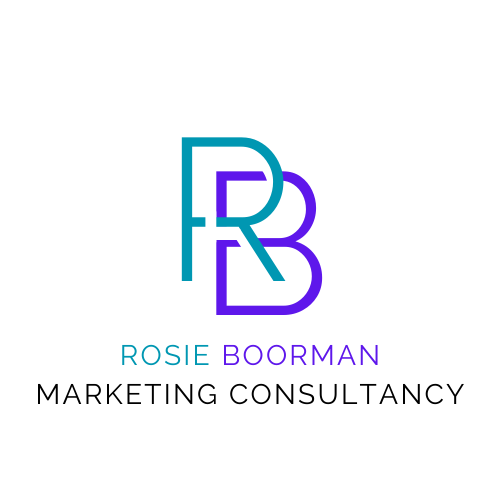In today’s competitive marketplace, businesses that understand their customers and deliver personalised experiences stand out from the crowd. Two powerful tools for achieving this are Customer Relationship Management (CRM) systems and customer journey mapping.
When used together, they allow you to not only track and manage customer interactions but also visualise and optimise the entire experience—from first contact to long-term loyalty.
1. What is CRM?
Customer Relationship Management (CRM) refers to both the strategies and the software used to manage a company’s interactions with current and potential customers. A CRM system centralises data such as:
- Contact details
- Purchase history
- Communication records
- Service requests and support tickets
By keeping this information organised, CRM tools enable businesses to improve relationships, increase efficiency, and make data-driven decisions.
2. Benefits of a CRM System
- Centralised Customer Data: All teams access the same information, ensuring consistent communication.
- Improved Customer Service: Quick access to customer history helps resolve issues faster.
- Enhanced Sales Tracking: Monitor pipelines, forecast revenue, and identify bottlenecks.
- Personalised Marketing: Segment customers for targeted campaigns.
- Increased Efficiency: Automate repetitive tasks like follow-up emails and reminders.
3. What is Customer Journey Mapping?
Customer journey mapping is the process of creating a visual representation of the steps a customer takes when interacting with your business. This map identifies:
- Touchpoints (website visits, phone calls, store visits, emails)
- Customer needs and expectations at each stage
- Potential pain points and opportunities for improvement
Journey maps are typically divided into stages such as awareness, consideration, purchase, retention, and advocacy.
4. Benefits of Customer Journey Mapping
- Improved Understanding of the Customer Experience: See your business from the customer’s perspective.
- Identify Weak Points: Pinpoint where prospects drop off or dissatisfaction occurs.
- Align Teams: Marketing, sales, and customer service work towards the same goals.
- Enhance Customer Retention: Smooth, satisfying journeys encourage repeat business.
- Support Innovation: Spot opportunities for new services or product enhancements.
5. How CRM and Customer Journey Mapping Work Together
A CRM system collects real-time customer data, while a journey map uses that data to design better experiences. For example:
- CRM Insight: Reveals that customers abandon their cart after adding products.
- Journey Map Application: Identifies checkout friction and introduces solutions like simplified payment or guest checkout.
By integrating CRM insights into your journey mapping process, you can base decisions on actual behaviour rather than assumptions.
6. Steps to Integrate CRM and Journey Mapping
- Collect Data: Use your CRM to gather customer touchpoint and interaction data.
- Create the Map: Plot the customer’s path from first contact to post-purchase.
- Identify Gaps: Use CRM analytics to spot drop-off points or dissatisfaction triggers.
- Implement Improvements: Adjust processes, content, or communication based on findings.
- Monitor & Refine: Continuously update your journey map using fresh CRM data.
Final Thoughts
CRM and customer journey mapping are not just about technology—they’re about understanding people. When combined, they provide a powerful framework for managing relationships, improving customer satisfaction, and driving loyalty.
In a world where customers expect personalised, seamless experiences, businesses that master these tools will enjoy stronger connections, higher retention rates, and sustained growth.


No responses yet